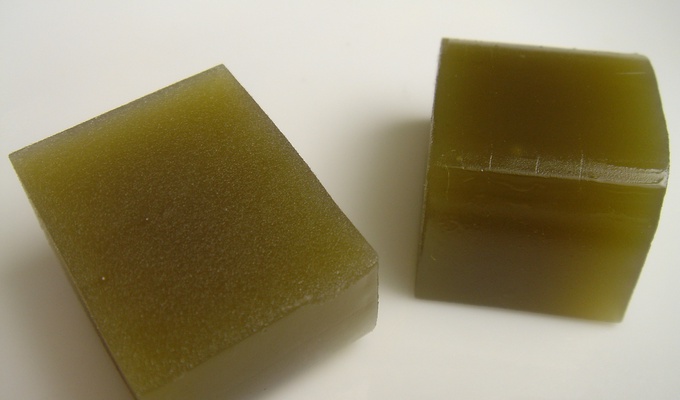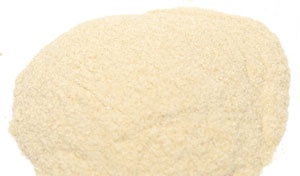Polysaccharides are a class of complex carbohydrates. They are composed of long chains of monosaccharide (simple sugar) units linked by chemical bonds. They are one of the most abundant forms of carbohydrates found in nature and play a crucial role in both cooking and nutrition. Polysaccharides can be classified into two main categories: storage polysaccharides and structural polysaccharides. The most common examples include starch, cellulose, and glycogen, each serving distinct functions in food and the human body.
Starch is the most important polysaccharide in the human diet. It is primarily found in grains, legumes, tubers, and some fruits and vegetables. Starch serves as a storage polysaccharide in plants, where it is stored in granules within plant cells.
Cellulose is a structural polysaccharide that forms the primary component of plant cell walls. Unlike starch, cellulose is not digestible by humans due to the absence of the enzyme cellulase, which is required to break down its beta-glycosidic bonds. However, cellulose plays an important role in nutrition as dietary fiber, aiding in digestion and maintaining bowel health. Foods high in cellulose include vegetables, fruits, and whole grains.
Glycogen is the storage form of glucose in animals and humans, found primarily in the liver and muscles. Although not directly consumed in significant amounts through food, glycogen is crucial for maintaining energy levels during periods of fasting or intense physical activity. When needed, glycogen is broken down into glucose and released into the bloodstream to meet the body’s energy demands.
Other polysaccharides encountered in cooking include gelling agents, like pectin and agar-agar; texturizers including cellulose and xanthan gum, and prebiotics like inulin.





